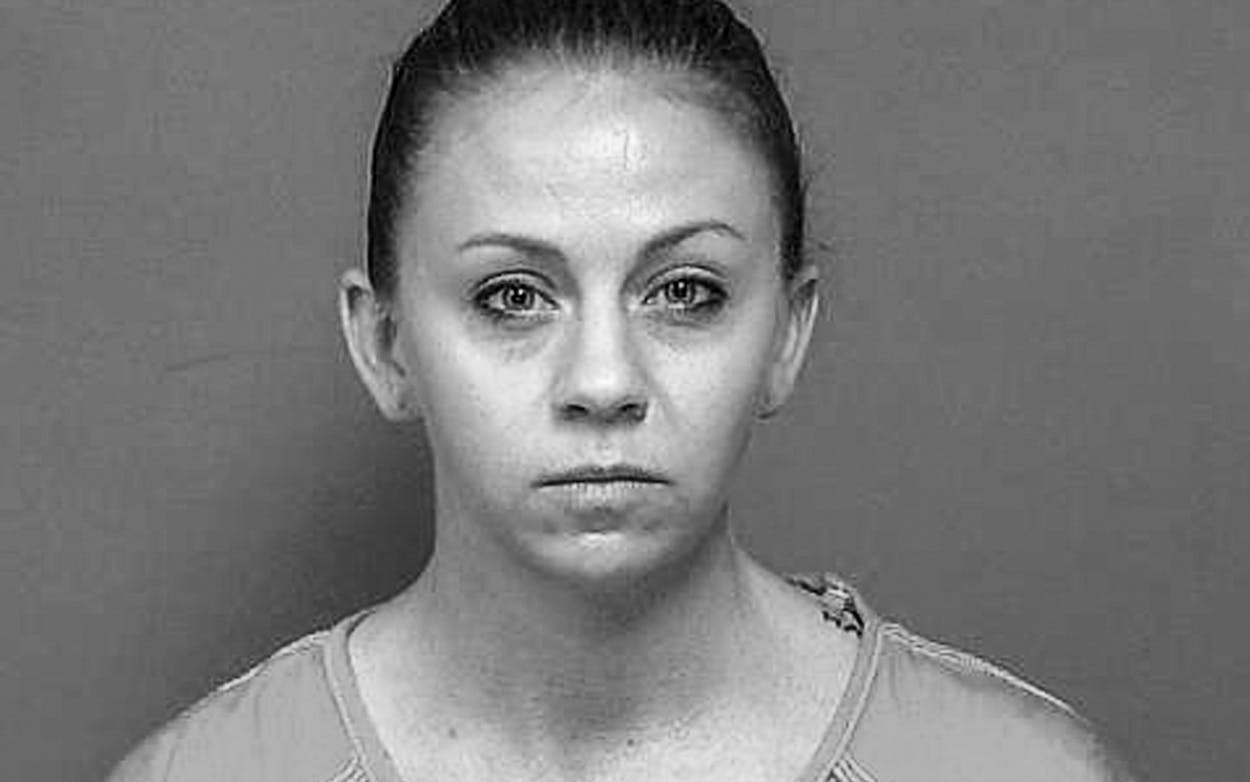At 10 p.m. on the night of September 6, Botham Shem Jean, a 26-year-old Dallas resident, was in his apartment in the near-downtown Cedars neighborhood when a Dallas police officer named Amber Guyger entered the apartment, pulled out her pistol, and shot and killed him. A neighbor captured the immediate aftermath on her cellphone, and Guyger called the department she worked for to report what happened.
The shooting immediately became national news. In the four years since the shooting death of Michael Brown in Ferguson, Missouri, we’ve entered into a new national conversation about police, racism, and the role of race in policing. In 2017, there were 68 unarmed individuals killed by police. Jean’s story, however, stood out. The Saint Lucia native, who’d moved to Dallas in 2016 to take a job as an accountant, was a black man in his own home. Guyger was off-duty at the time of the killing, and Jean was not suspected of any crime.
Dallas County prosecutors convened a grand jury—a group of citizens tasked with hearing evidence and then deciding whether or not cause exists for an indictment—and on Friday, they returned with a rare murder indictment for Guyger. Here’s what we know about the case and the indictment.
What happened that led Guyger to shoot Jean in his own apartment?
We don’t have a good answer to this question. In the immediate aftermath of the shooting, Dallas Police helped Guyger share her narrative of what happened. The incident, which isn’t considered an officer-involved shooting (because Guyger was off-duty when it occurred), had been explained in the days after Jean’s death by police, who said that Guyger lived in the same building, had gone to the wrong door, and believed that Jean was robbing her apartment.
It’s common in criminal investigations for the narrative presented by the suspect to be complicated as investigators learn more information. None of the details of the investigation presented to the grand jury last week have been made public, but it’s very likely that the grand jury was in possession of more information than the general public has seen at this point. We will likely get more answers to this question during the course of the trial, which may not take place for another year.
Is it common for a grand jury to indict someone in Guyger’s position?
In the broad sense, yes: Grand juries return indictments more often than they don’t. (In federal cases in 2010, U.S. attorneys sought indictments in 162,000 cases, and the grand jury only declined charges in eleven of them.) In cases involving police officers, though, those indictments are extremely rare. In Harris County, 288 consecutive grand juries declined to indict police officers. In Dallas, between 2008 and 2012, grand juries considered 81 cases involving 175 officers, and only one of those officers was indicted.
That disparity has led to criticism of prosecutors who use the grand jury process to determine whether to charge police officers who shoot citizens. In 2015, California passed a law prohibiting the use of grand juries in deadly force cases involving police. (The law was overturned by courts in 2017.) Still, prosecutors have discretion to bring charges directly or to convene a grand jury, a group of citizens who will hear evidence and then decide whether to indict. In the case of Roy Oliver, the Balch Springs officer who murdered a teenager named Jordan Edwards, prosecutors charged him without a grand jury’s involvement.
Why was Guyger charged with murder?
Initially, the Texas Rangers were tasked with investigating the shooting, and the agency recommended an indictment for manslaughter. Manslaughter was an awkward fit for the case, however. The Texas Penal Code defines manslaughter as an action that “recklessly causes the death of an individual.” Those charges might apply in a shooting if a gun goes off while someone is cleaning it, or if it’s dropped. But Guyger intended to shoot Jean and her defense seems to hinge on the argument that she believed him to be an intruder in her apartment. We don’t know most of the facts of the case, but that circumstance describes a situation in which murder, not manslaughter, is the most appropriate charge.
Is the trial likely to result in a conviction?
We won’t know that before the jury reaches a verdict, but it does appear that the past few years have brought a shift in how juries perceive these situations. In the wake of the shooting in Ferguson, indictments of police officers in deadly force cases are up 250 percent. (Since 2005, 96 police officers have been charged in deadly force cases. Half of those charges were filed between 2005 and 2014; the other half were filed in 2015 or later.)
This summer, Roy Oliver became the first police officer to be convicted of murder in Texas in more than forty years, while Chicago police officer Jason Van Dyke was the first in that city in over half a century when he was convicted in October. In December 2017, Charleston, South Carolina police officer Michael Slager was sentenced to twenty years in prison as part of a federal plea deal. Convictions in officer-involved shootings are still rare, in other words, but they’re less rare lately than in previous years and decades.
What happens next?
Guyger was released on $300,000 bond. She’ll remain free, pending trial, which likely won’t happen for at least a year. In Roy Oliver’s case, the trial occurred sixteen months after he was arrested. Other cases can take even longer—it took three years for Van Dyke to be convicted, for instance—which means that we are likely to continue waiting for a final resolution for some time.








